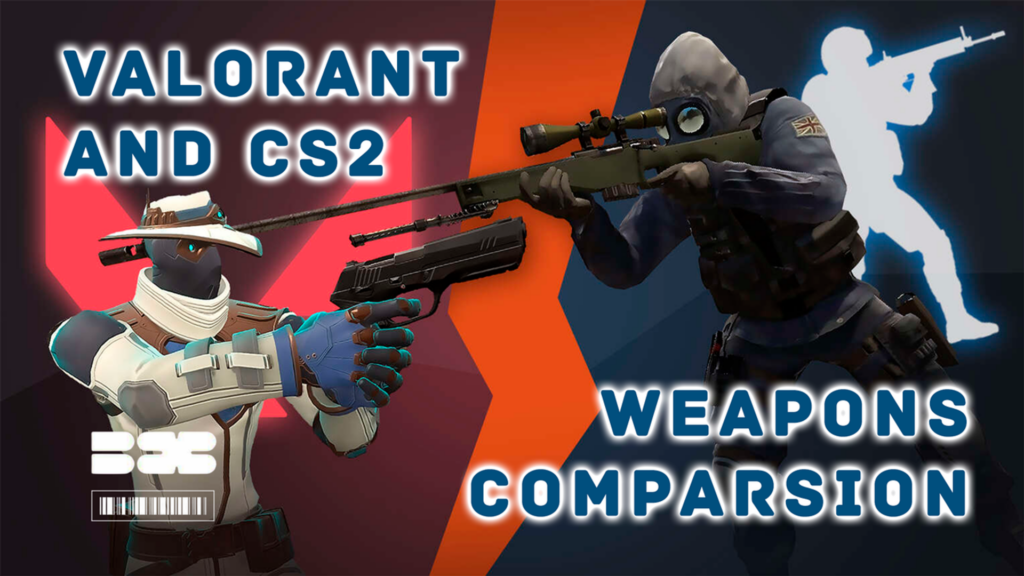As part of the BLIX team, we’ve been closely monitoring the evolution within the FPS scene, notably the transition from CS:GO to CS2 and the rise of Valorant. Our observations have led us to comprehensively analyze the fundamental changes these differences bring to the competitive landscape, especially in weapon dynamics and gameplay mechanics.
Contents
Highlights
- A thorough comparison of CS2 and Valorant’s arsenal
- Analysis of gameplay differences led to gun differences.
- Detailed examination of each weapon type in both games
The introduction of CS2 and the advancement of Valorant in the gaming scene has sparked significant interest and comparisons, especially regarding weaponry and game mechanics. Here, we’ll delve into a structured comparison of guns between CS2 and Valorant, highlighting the core differences and similarities that define each game’s unique shooting experience.
Core Gameplay and Weapon Mechanics
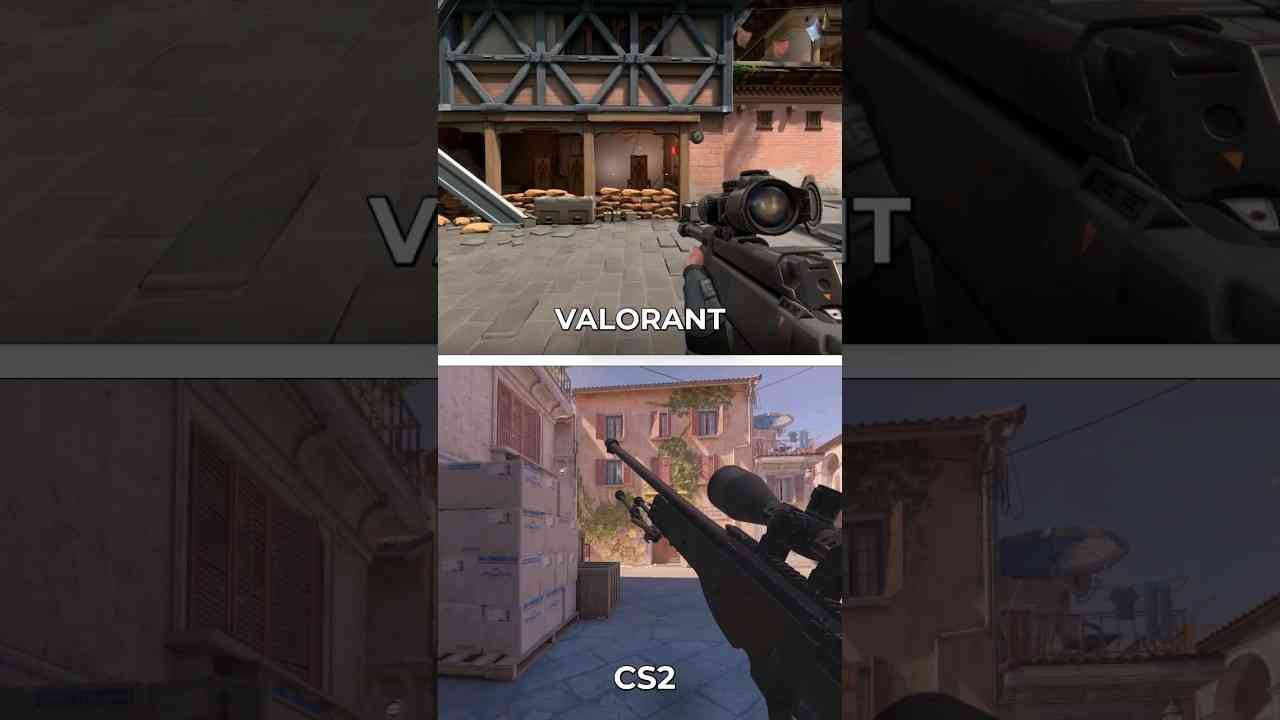
Similar but not the same
CS2 and Valorant are first-person shooters who emphasize strategic play, precise shooting, and teamwork. However, there are notable differences in their approach to weapons and shooting mechanics:
- Spray Patterns: CS2 continues the tradition of its predecessor, CS:GO, by offering unique spray patterns for each automatic weapon, requiring players to master control by moving their mouse in opposition to the spray pattern. Valorant simplifies this aspect, with every automatic weapon featuring a similar spray pattern, making it easier for players to counter and control’’’’’’’’.
- Weapon Selection: CS2 has various weapons, including pistols, SMGs, rifles, sniper rifles, and heavy weapons, each with distinct characteristics and tactical utility. Valorant offers a streamlined selection, with each category having fewer options but including unique weapons like the Odin and Ares for heavy fire support and the Sheriff for precise shots’’’’’’’’.
- Utility and Abilities: a significant divergence between CS2 and Valorant lies in their approach to utility and abilities. While CS2 focuses on traditional CS utilities like smoke grenades, flashbangs, and Molotovs, Valorant introduces Agent-specific skills, adding strategic depth and variation to the gameplay’’’’’’’’.
CS2 and Valorant cater to different player preferences through their weapon mechanics. CS2’s detailed weapon control system appeals to those who enjoy mastering intricate gameplay elements. At the same time, Valorant’s streamlined approach welcomes players with varied skill levels, emphasizing strategic ability use over pure shooting prowess.
Gun Comparison by Type
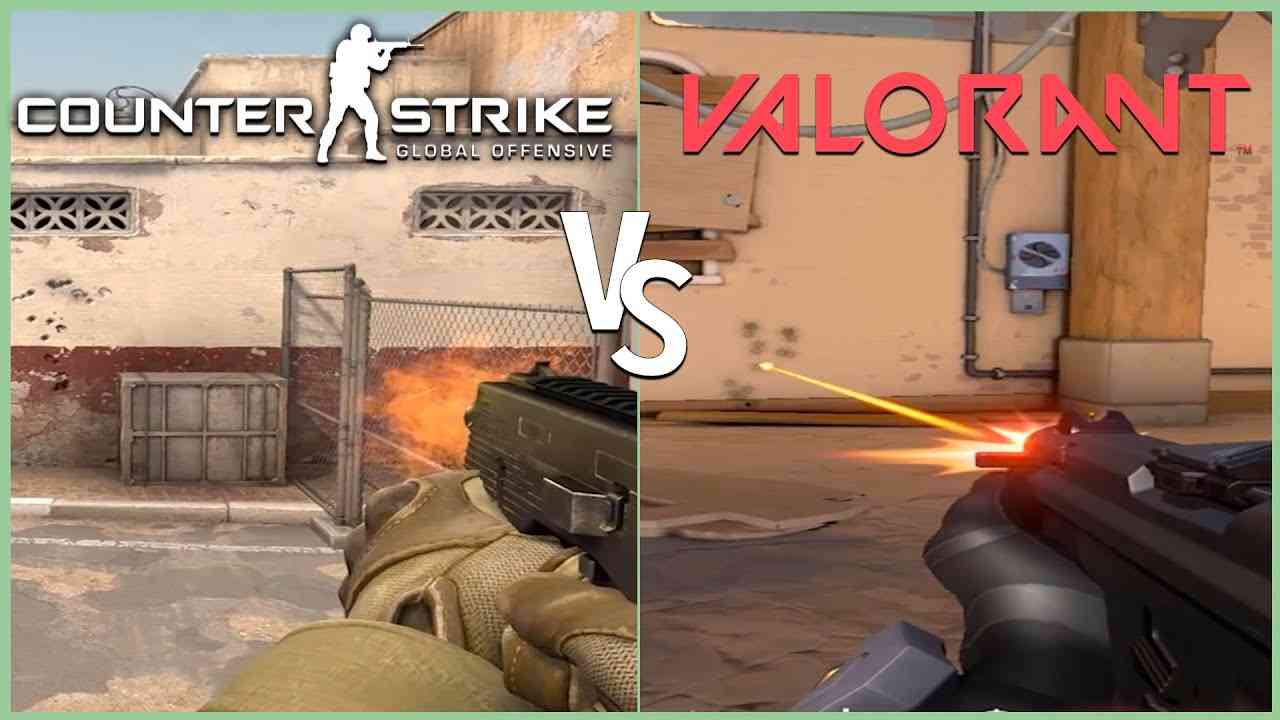
Pistols
CS2: Glock-18, P2000, USP-S, Dual Berettas, P250, Five-SeveN, Tec-9, CZ75-Auto, Desert Eagle, R8 Revolver
Valorant: Classic, Shorty, Frenzy, Ghost, Sheriff
The pistol lineup in CS2 is expansive, catering to diverse combat scenarios, from swift close-quarter engagements to precise long-range shots. Valorant’s pistol range, though more concise, is meticulously designed for effectiveness across similar situations.
SMGs and Shotguns
SMGs
CS2: MAC-10, MP9, MP7, PP-Bizon, UMP-45, P90, MP5-SD
Valorant: Stinger, Spectre
Shotguns
CS2: Nova, XM1014, Sawed-Off, MAG-7
Both games present an array of SMGs and shotguns ideal for the frenetic pace of close-quarters combat. CS2 edges ahead with a slightly broader selection, yet the efficacy of these weapon types remains a shared feature, underscoring the games’ commitment to varied tactical playstyles.
Rifles
CS2: Galil AR, FAMAS, AK-47, M4A4, M4A1-S, AUG, SG 553, G3SG1, SCAR-20
Valorant: Bulldog, Guardian, Phantom, Vandal
Rifles are the backbone of medium to long-range engagements in CS2 and Valorant. CS2’s extensive collection provides a rich palette for marksmen, whereas Valorant’s focused assortment, including the Vandal and Phantom, emphasizes precision and damage output.
Sniper Rifles

Valorant: Marshal, Operator
Sniper rifles in both games are designed for long-range kills, with CS2 and Valorant featuring iconic one-shot kill potentials through weapons like the AWP in CS2 and the Operator in Valorant’’’’’’’’.
Heavy Weapons
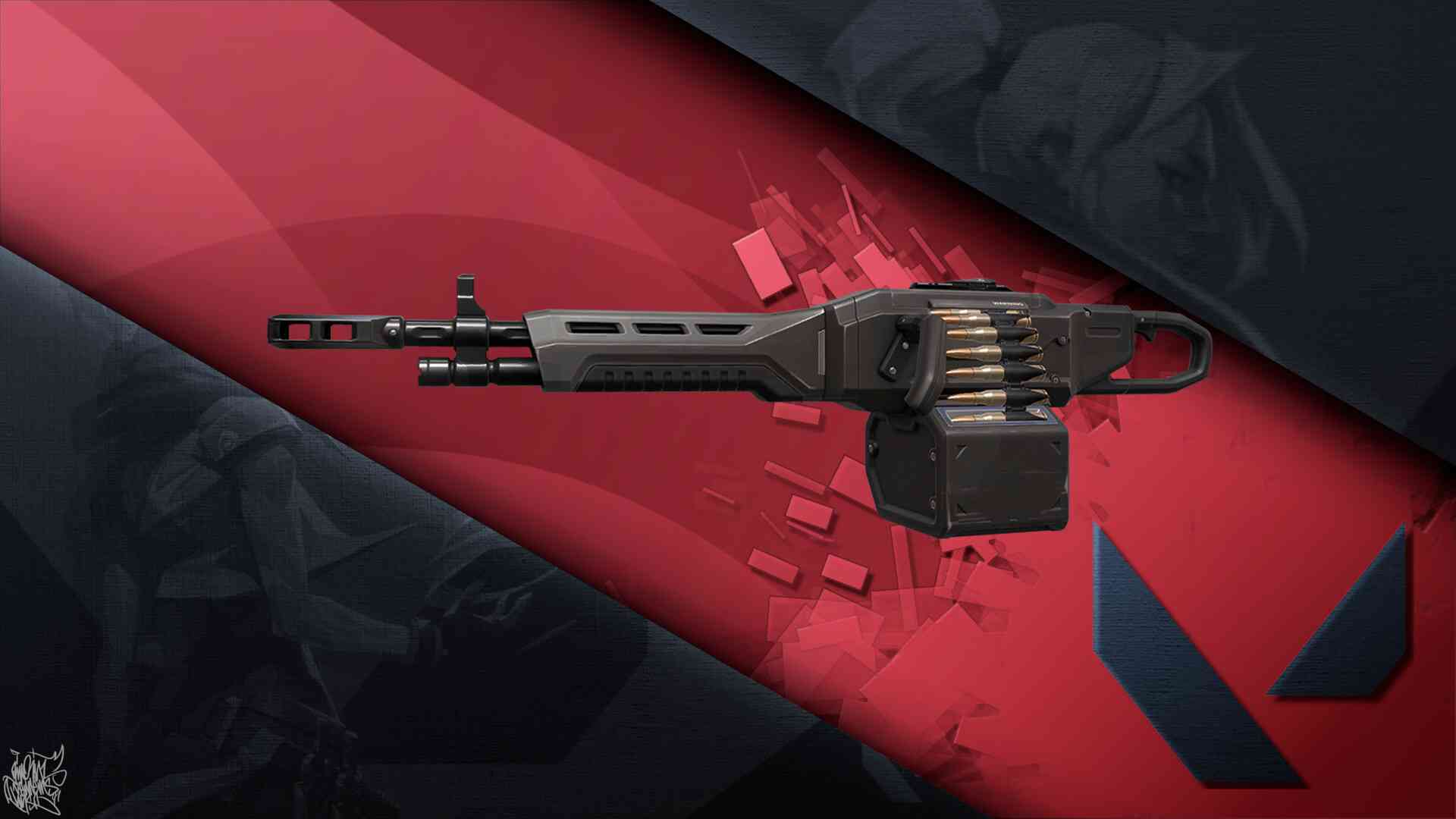
Valorant: Odin, Ares
CS2 and Valorant offer heavy weapons for suppressing fire, with each game providing unique options that reflect their distinct gameplay mechanics’’’’’’’’.
Grenades
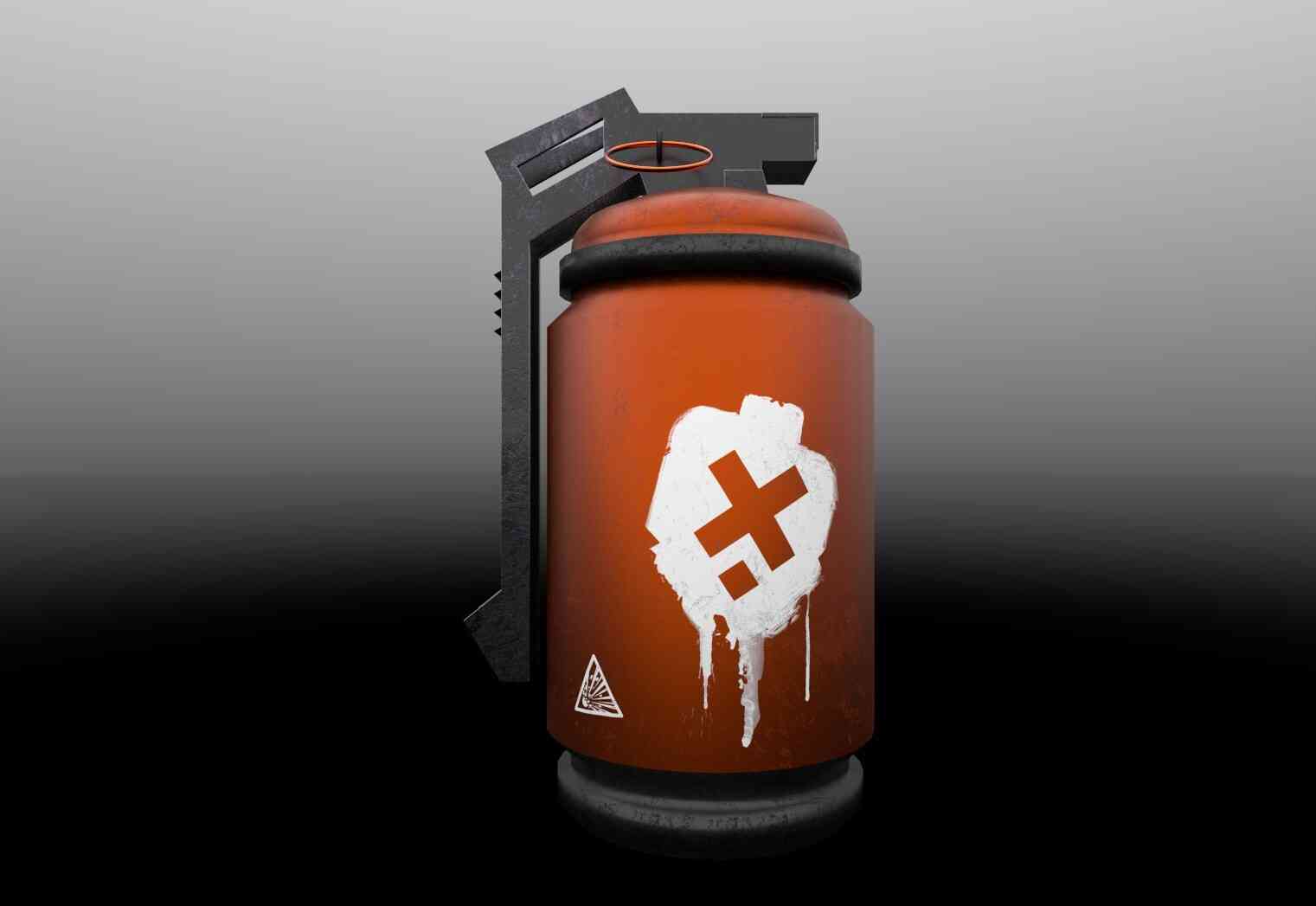
CS2 and Valorant share similar grenade types: Smoke, Flashbang, HE (high explosive), and Molotov/incendiary.
Unique to Valorant: Shock Dart, Blast Pack
The utility in the form of grenades shows similarity in basic types like smoke, flashbang, and Molotov/incendiary. However, Valorant introduces unique options like Shock Darts and Blast Packs, showcasing the game’s emphasis on abilities alongside traditional gunplay’’’’’’’’.
Melee Weapon
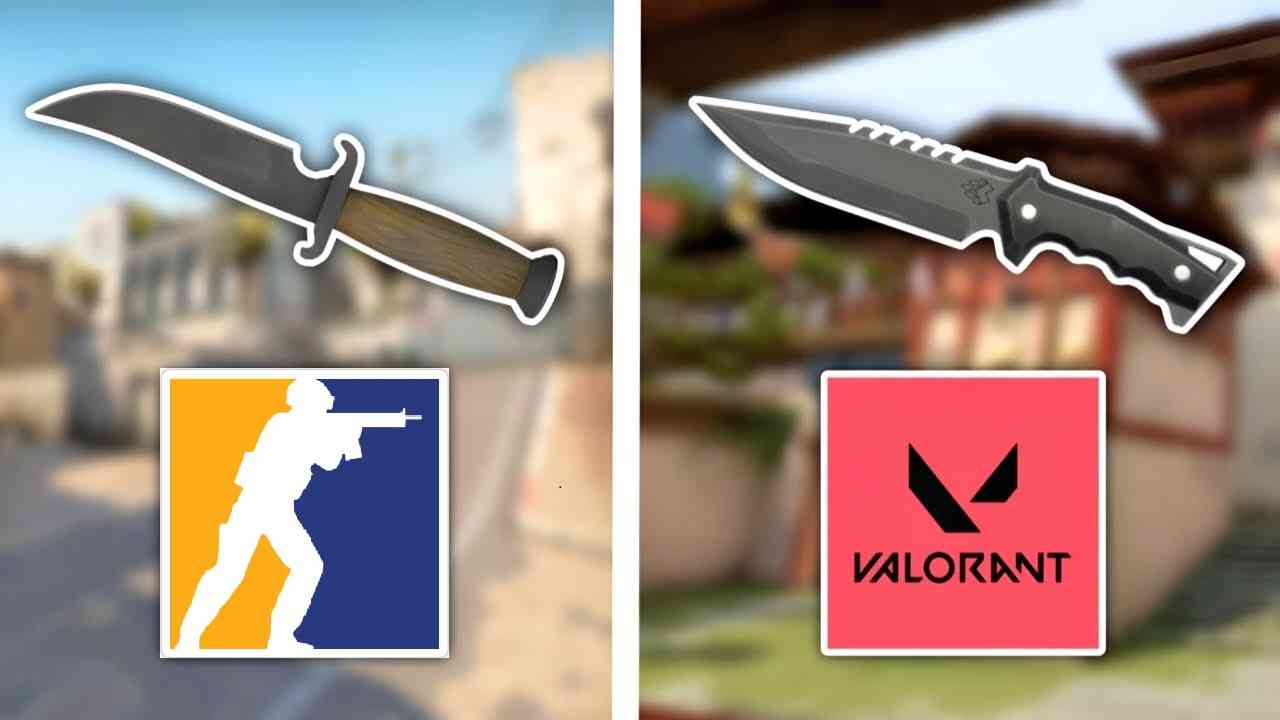
CS2: Knife
Valorant: Tactical Knife
Both games feature a melee option, with CS2 likely continuing to use the knife and Valorant presenting the tactical knife, underscoring the less emphasized role of melee combat in both titles’’’’’’’’.
This comparison reveals that while CS2 (inheriting from CS:GO) boasts a wider variety of weapons, including a comprehensive range of pistols and more specialized options in other categories, Valorant simplifies the selection but introduces unique abilities through its Agents, affecting gameplay dynamics.
Each game’s approach to weaponry reflects its overall design philosophy, with CS2 emphasizing a deep mastery of individual weapons’ mechanics and Valorant encouraging strategic diversity through abilities and more straightforward weapon control.
Accessibility and Teamwork
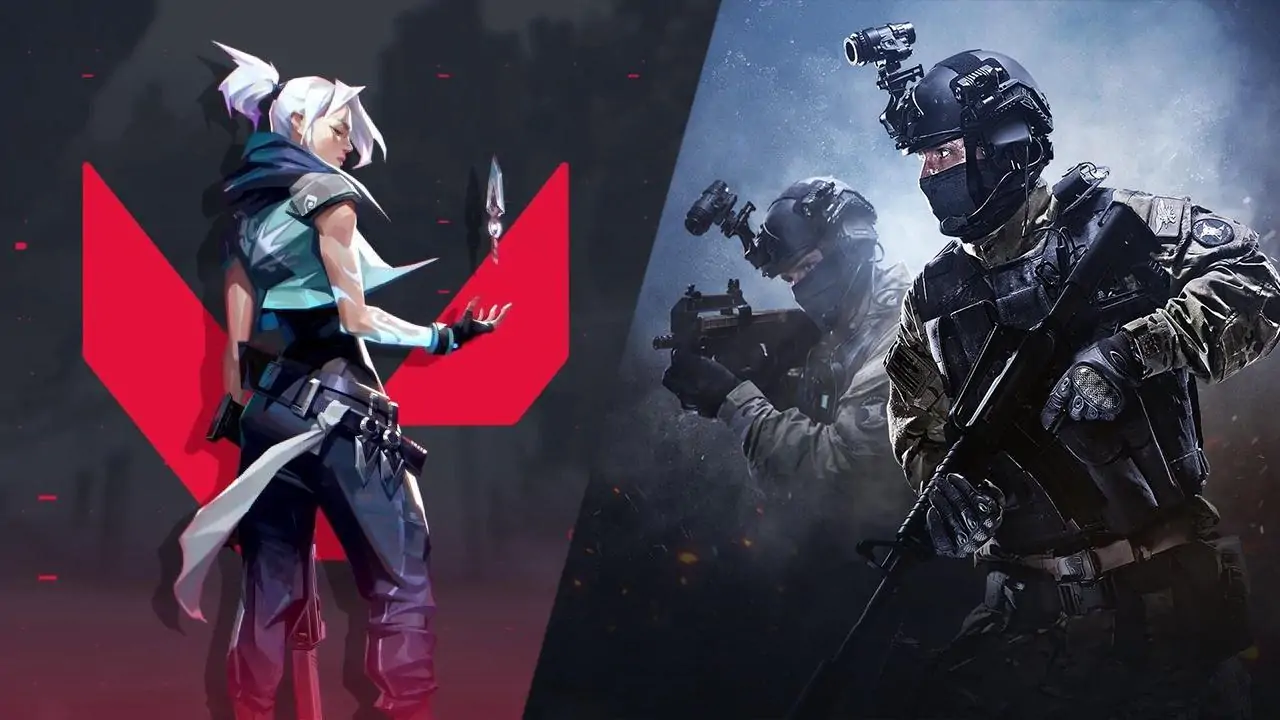
Valorant’s introduction of Agent abilities alongside traditional gunplay mechanics offers a more accessible experience for players not as skilled in shooting, demanding more coordination and teamwork. CS2, adhering more closely to the classic CS formula, emphasizes shooting proficiency and tactical utility use, catering to a player base that values precision and strategy over abilities’’’’’’’’.
While CS2 and Valorant share a foundational FPS framework, their approach to weaponry, utilities, and overall gameplay mechanics diverge to cater to different player preferences and styles. CS2 upholds the legacy of CS:GO with its focus on gunplay and tactical utility, while Valorant innovates with Agent abilities and a simplified weapon control system, offering a fresh take on the competitive shooter genre.
Valorant’s blend of gunplay and abilities lowers the barrier for those less proficient in aiming, fostering a game environment where strategic thinking and teamwork take center stage. Conversely, CS2 focuses on precision and skill, appealing to a demographic that finds satisfaction in the nuance of tactical utility usage and sharpshooting.
In closing, our journey through the weapon arsenals of CS2 and Valorant has revealed the nuanced differences and thoughtful design choices that define each game. Whether you’re drawn to the heritage and depth of CS2 or the innovative dynamics of Valorant, both games offer a rich competitive experience tailored to diverse player communities. As we continue to observe and analyze, we’re excited to see how these games evolve and further shape the landscape of competitive shooters.
Summary
The influence of CS2 and Valorant extends beyond their direct competition, impacting other games within the competitive FPS and broader gaming genres. Titles like Rainbow Six Siege, Overwatch, and Apex Legends have incorporated elements inspired by Valorant’s abilities and CS2’s tactical depth, such as strategic utilities, cohesive teamplay, and advanced anti-cheat measures. This trend highlights how CS2 and Valorant set new standards and push for innovation in the FPS genre. This encourages blending traditional gameplay with new, dynamic elements to cater to a diverse player base.


